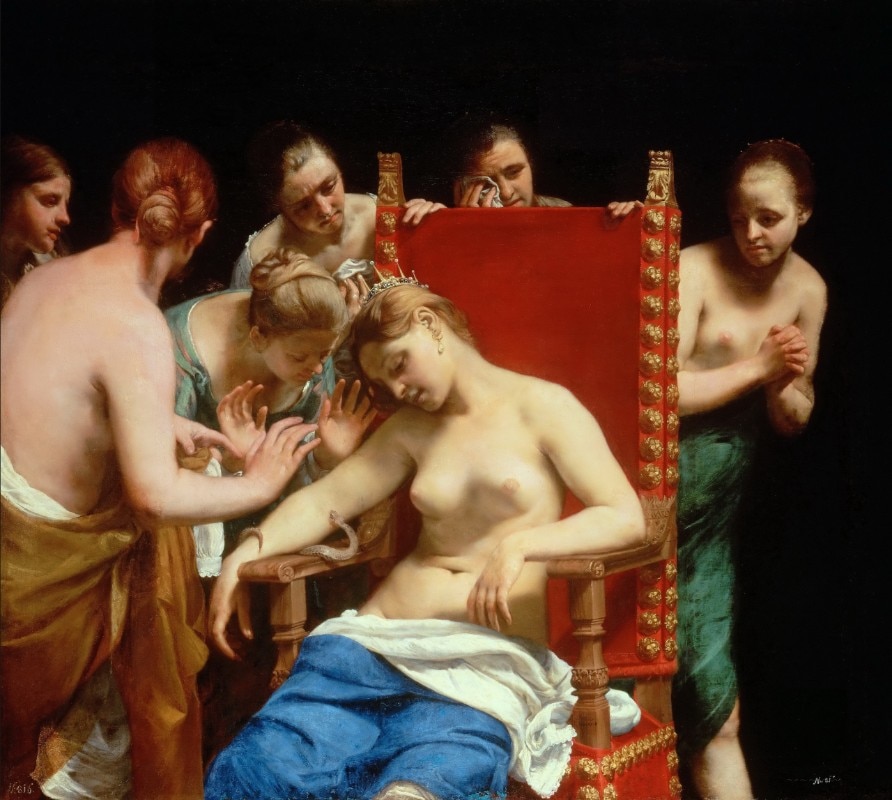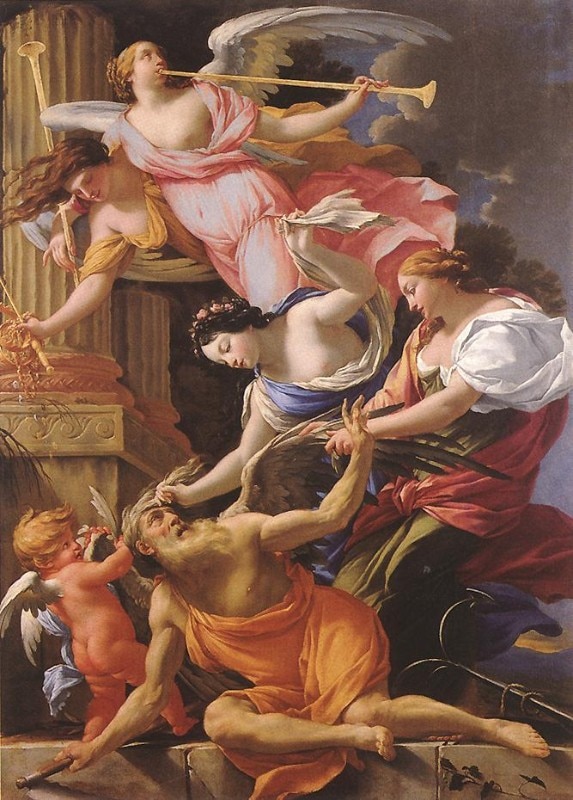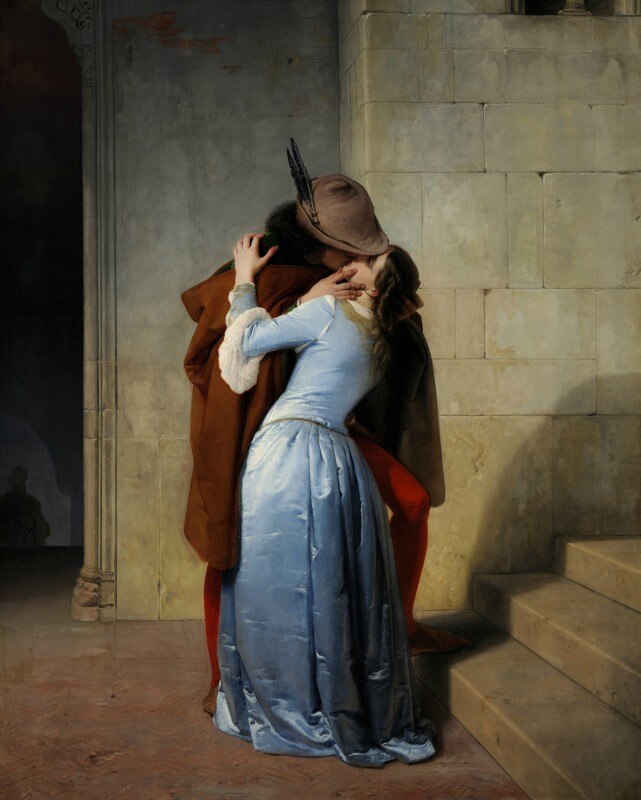“What could it be, what is it? That there’s people sighing it in the alcoves, that’s being whispered down in verses and rhymes, that people have been plotting in the dark of caves, that’s up in every head and in each mouth…”. So begins a wonderful love poem in bossa nova form by Chico Buarque.
This year’s pandemic Valentine’s Day inspired us to look for new, different, even unknown works of art on the theme of love. Kisses, kisses and more kisses – these are the best-known scenes representing love in art. Hayez, Klimt, Chagall… But is love really just a kiss? At the beginning of the 17th century, an extraordinary French painter moved to Rome and started painting a huge number of artworks characterized by baroque forms and themes. His name was Simon Vouet.
He studied in Italy following in Caravaggio’s footsteps, although he chose a different painting style characterized by bright and vivid colours, and mythological and allegorical subjects instead of religious ones – even though he worked for Cardinal Barberini, who then became Pope Urban VIII.

Vouet addresses the theme of love in many paintings, but in one in particular, called Saturn, conquered by Amor, Venus and Hope, he pays direct homage to it. The subjects of the painting tell the story of love in a circular way that encompasses and powerfully expresses the theme of love. The story begins at the bottom, where Amor, a chubby little cherub, is holding hostage the god of time, who, distracted by beauty and hope, seems completely defenceless.
The drapes wrapped around the bodies of the characters give strength to the scene and emphasise the – gentle – violence of holding back time in the face of the hope of love. Saturn’s wings lead the viewer’s eyes to the two women, the creators and manipulators of a strong feeling, while the triumphant and victorious angels close the scene.
Love, the kind of tragedy that starts and ends leaving little room for romance – such as the love that binds Antony and Cleopatra, victims and perpetrators of their own death, of their own love. However, this painting chooses a particular theme to tell and summarise the story of these two lovers – the end, that is, the Death of Cleopatra. Guido Cagnacci’s work is characterized by some figures whose light skin complexions that contrast against a dark background. Cagnacci was a contemporary of Simon Vouet, moved to Vienna in the second half of the 17th century, and painted this extraordinary work of art for the imperial court, and many people describe it as his masterpiece. Here the work tells its story through the faces and gazes that trace lines that lead from the outside to the inside, until they reach the central subject, Cleopatra. Through the women’s hands, Cagnacci creates a second subject, which does not distract but explains, and does not disturb but enriches the scene – the snake, the very cause of the queen’s death. Discouraged by the death of Antony, which she had in some way caused, she decided to kill herself, both out of desperation for love and so as not to become Octavian Augustus’ prisoner.

The clothes and hair of the characters, although quite improbable because blonde, do not go unnoticed in the painting: they are perfect, and blend in the complexity of the whole painting, contributing with their brightness to make every detail of the painting come alive. A great pictorial proof that seems simple because of the wide homogeneous colour fields, but that the more you look at it, the more you find it rich in precious details, such as the embroidery on the shirt near the asp’s tail, or Cleopatra’s earring in the foreground, or the embroidery on the lady’s back in the background – and let’s not forget the warm and perfect reflections on the wood. A tragedy, a perhaps excessive and impudent test, which nevertheless contemplates love.
William Shakespeare once wrote: “If you don’t remember that Love has ever made you commit the smallest madness, then you have not loved”. And whether it be Cleopatra, Juliet or the ultimate act of Christ’s love for mankind, this feeling certainly cannot be encapsulated in a brief, albeit intense, description of a kiss.
Opening image: Francesco Hayez, The kiss, 1859


